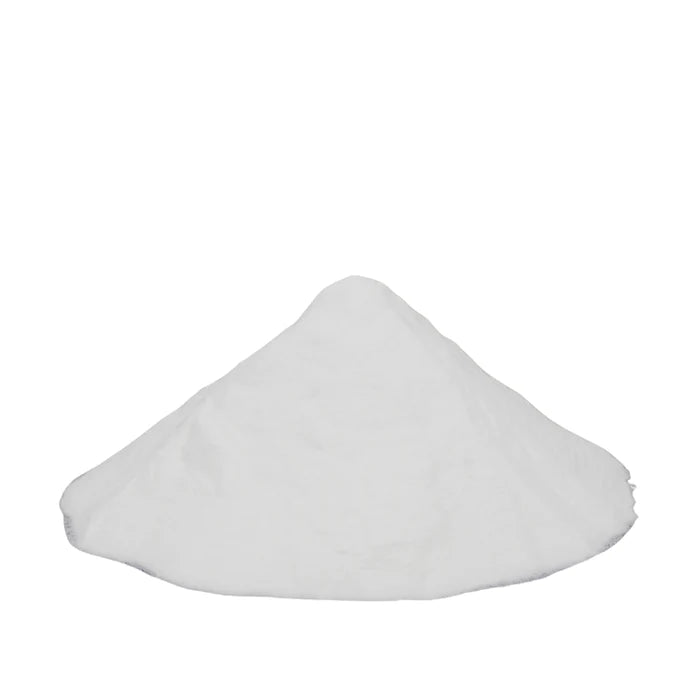
Detailed Comparison of Fine, Medium, and Coarse Black DTF Powders
Direct-to-Film (DTF) printing has unlocked a world of possibilities in the realm of custom apparel and textile design. One of the critical components in DTF printing is the choice of powder, and when it comes to white DTF powders, there are three main varieties to consider: fine, medium, and coarse. Each of these powders offers distinct characteristics and advantages, catering to different printing needs. In this blog, we'll explore the differences between white fine, medium, and coarse DTF powders, shedding light on their unique features, ideal applications, and considerations.
Fine White DTF Powder:
Fine DTF powder is characterized by particle sizes ranging from 0 to 70 microns, akin to the texture of flour. It stands out for its ability to deliver precise detailing and razor-sharp images.
Key Features of Fine White DTF Powder:
-
Exceptional Detailing: Fine DTF powder is the go-to choice when intricate and fine details are a priority. It excels in reproducing tiny text, complex graphics, and fine lines with utmost precision.
-
Silky Hand Feel: Prints created with fine white DTF powder offer a smooth and comfortable hand feel, making them perfect for garments and textiles meant for direct skin contact.
-
Fine detail: For designs involving small letters or intricate patterns, fine DTF powder is the ideal choice for precise powder coating.
Medium White DTF Powder:
Medium DTF powder falls within the particle size range of 70 to 170 microns, roughly similar to table salt. It offers a balance between detail and ease of use.
Key Features of Medium White DTF Powder:
-
Versatile Application: Medium DTF powder, with its granular texture, is a versatile option suitable for a wide range of designs and applications. It strikes a balance between detail and convenience, making it a popular choice among DTF users.
-
Ease of Shaking: Medium powder is favored by many users because it is easier to shake compared to fine powder. This ease of shaking simplifies the printing process and enhances workflow efficiency.
-
Moderate Hand Feel: While not as smooth as fine powder, prints created with medium white DTF powder still offer a comfortable hand feel.
Coarse White DTF Powder:
Coarse DTF powder features particle sizes ranging from 120 to 240 microns, similar in size to sugar crystals. It shines in scenarios where texture and resilience are paramount.
Key Features of Coarse White DTF Powder:
-
Three-Dimensional Effects: Coarse DTF powder is particularly adept at creating a three-dimensional sense in prints. This is especially valuable when a textured or raised appearance is desired.
-
Easy Cleaning: The larger particles of coarse powder make it straightforward to shake off excess powder, ensuring clean and crisp prints.
-
Ideal for Humid Conditions: Coarse powder is the preferred choice during humid conditions, such as the summer months, as it offers better performance in maintaining print quality.
Considerations for DTF Powders:
When selecting between fine, medium, and coarse white DTF powders, consider the specific needs of your printing project:
-
Detail vs. Efficiency: Fine powder excels in intricate detailing, medium powder balances detail with ease of use, and coarse powder provides texture and three-dimensional effects.
-
Hand Feel: Consider the desired hand feel of the final product. Fine powder offers a smoother feel, while coarse powder may provide a textured finish.
-
Humidity and Weather Conditions: If you're working in high humidity or during wet seasons, the choice between medium and coarse powder may be influenced by their performance under such conditions.
Composition of Black DTF Powders:
It's worth noting that black DTF powders typically comprise black TPU powder and activated carbon. These components serve a crucial role in preventing dye migration on fabrics like polyester. Such black powders find common use in various applications, including polyester textiles, bags, and other fabric-based products.
In conclusion, the choice between fine, medium, and coarse white DTF powders should align with the specific requirements of your printing project. Each type has its unique strengths, and understanding their features and considerations will empower you to achieve the best results in your DTF printing endeavors.


Leave a comment